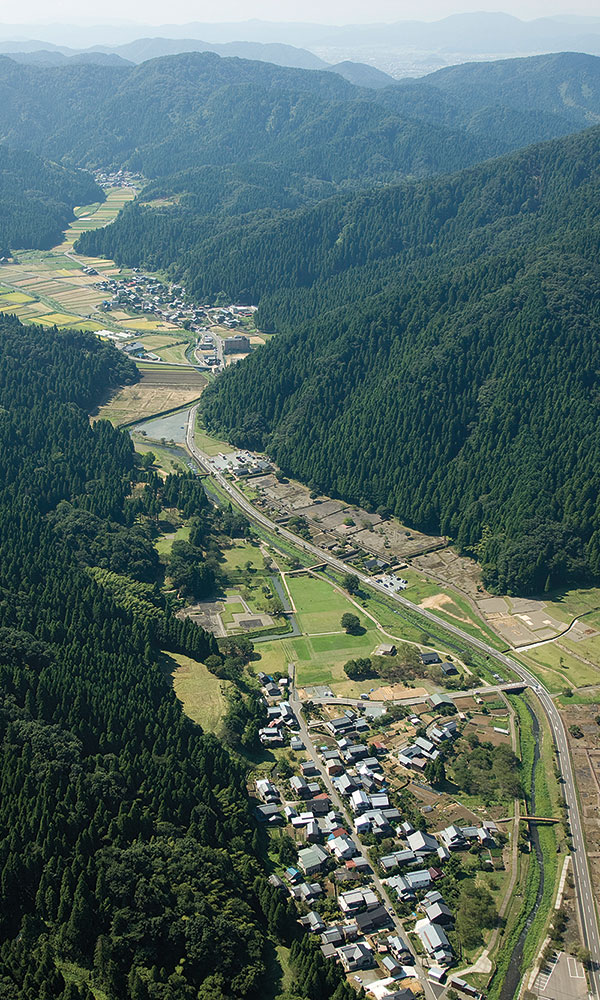SINT-TRUIDEN, BELGIUM—A statement released by KU Leuven revealed that Belgian geneticists and their international colleagues conducted the largest-ever DNA study of remains from a medieval cemetery. In 2019, excavations beneath the main square in Sint-Truiden uncovered 3,000 skeletons buried in a former parish graveyard between the eighth and the eighteenth century. The researchers analyzed the remains of 400 of those individuals, which has provided unprecedented new information about the genetic history of the Low Countries. One of the most surprising results was that in the early Middle Ages, the population of Sint-Truiden was far more genetically diverse than in later periods. The scientists also noted the unexpected presence in the earliest levels of the cemetery of five individuals with genetic profiles resembling populations from Scotland or Ireland. From the eleventh century onward, genetic diversity gradually decreased, and the population became more homogeneous. The study also yielded the first direct evidence of the plague in the city dating to the fourteenth century, which was also surprising since there are no written records at the time that attest to its presence in medieval Flanders. “It shows how genetic research can uncover hidden chapters of history,” said researcher Maarten Larmuseau. Read the original scholarly article about this research in Genome Biology. To read about walls made of human bones that were unearthed on the site of a Belgian cathedral, go to "If These Walls Could Talk."
Largest-Ever Medieval DNA Study Reveals Genetic History of Belgian City
News May 21, 2025
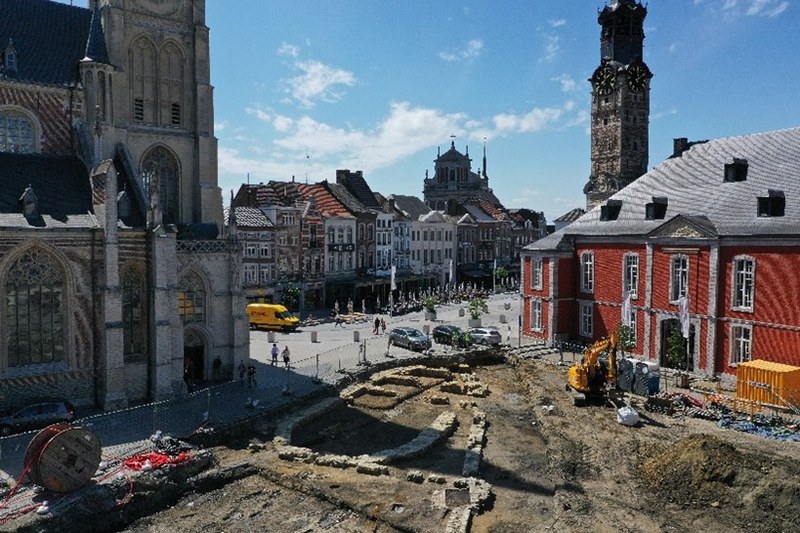
Recommended Articles
Digs & Discoveries September/October 2024
Moving Day
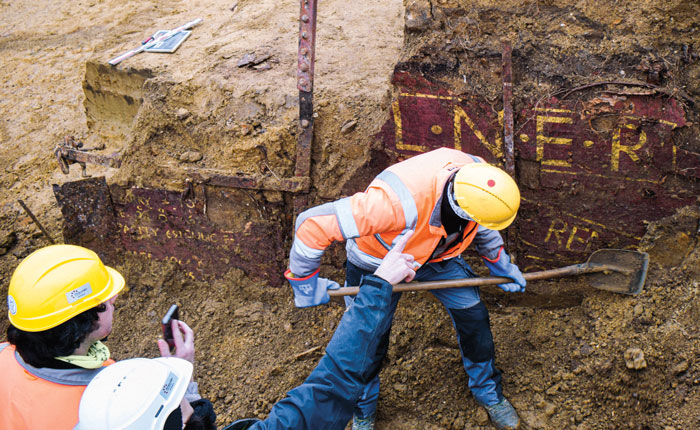
Digs & Discoveries May/June 2020
If These Walls Could Talk
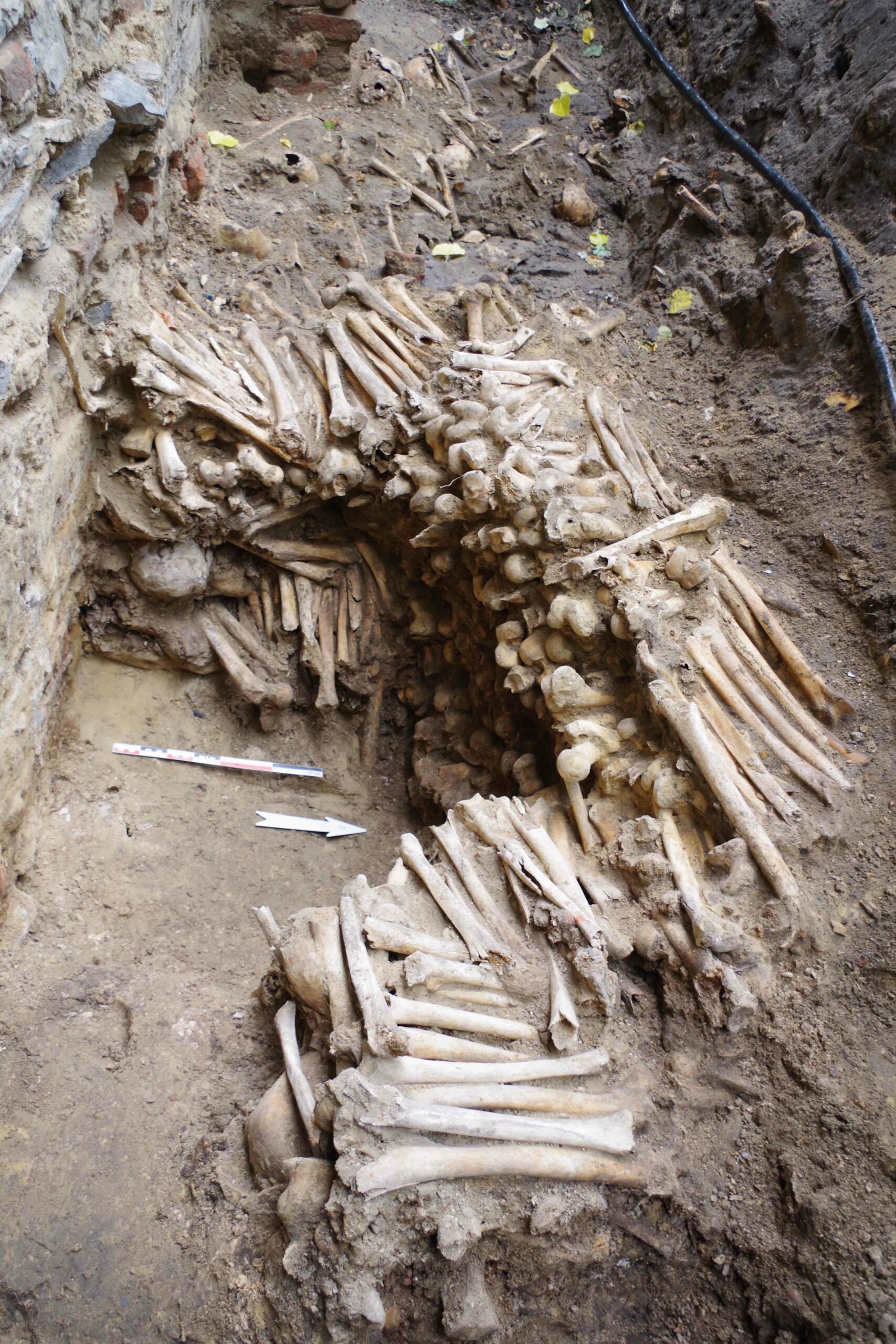
Digs & Discoveries November/December 2016
The Blood of the King
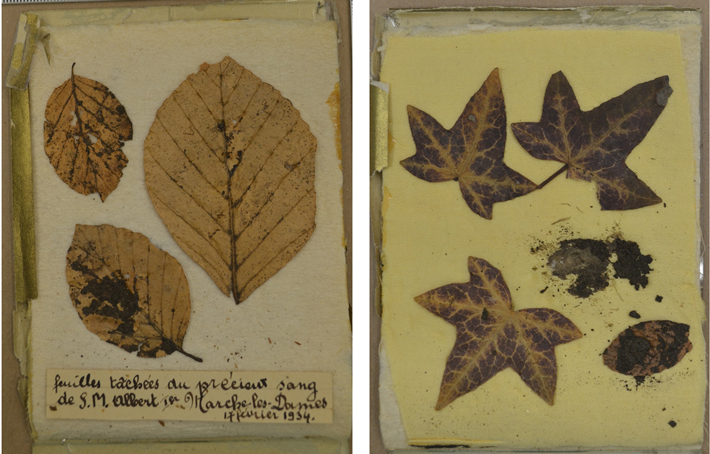
Off the Grid January/February 2026
Prophetstown, Indiana
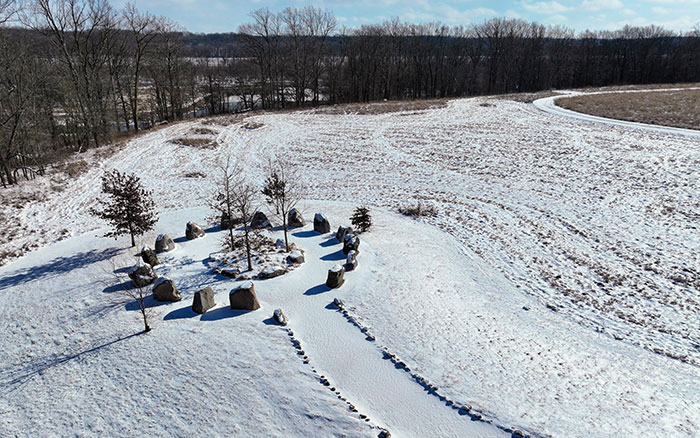
-
Features May/June 2025
A Passion for Fruit
Exploring the surprisingly rich archaeological record of berries, melons…and more
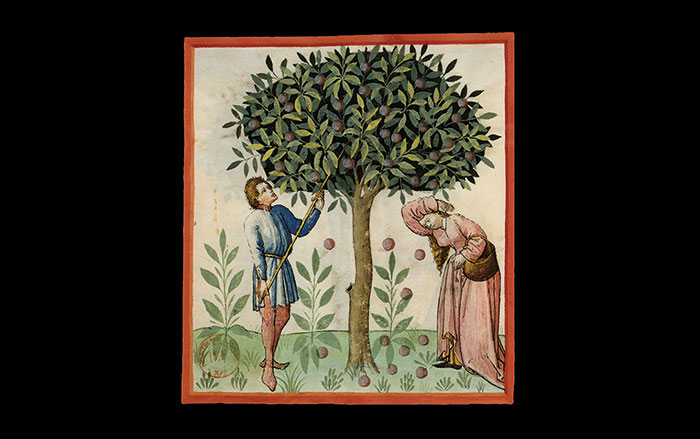 © BnF, Dist. RMN-Grand Palais/Art Resource, NY
© BnF, Dist. RMN-Grand Palais/Art Resource, NY -
Features May/June 2025
Goddess at the Crossroads
Why a city put its trust in a Greek deity feared throughout the Mediterranean world
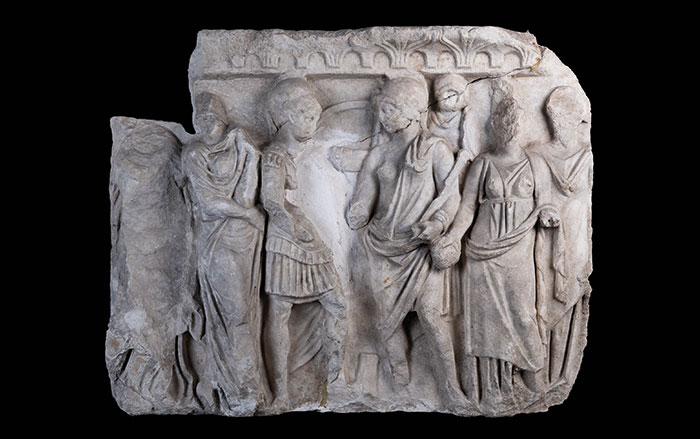 Istanbul Archaeology Museums
Istanbul Archaeology Museums -
Features May/June 2025
Desert Paradise Found
How a tiny, water-rich kingdom came to dominate vital trade routes in the Arabian Gulf 4,000 years ago
 Courtesy BACA/Moesgaard Museum
Courtesy BACA/Moesgaard Museum -
Features May/June 2025
Peru’s Timeless Threads
More than 1,000 years ago, master weavers kept the ancient traditions of the Moche culture alive
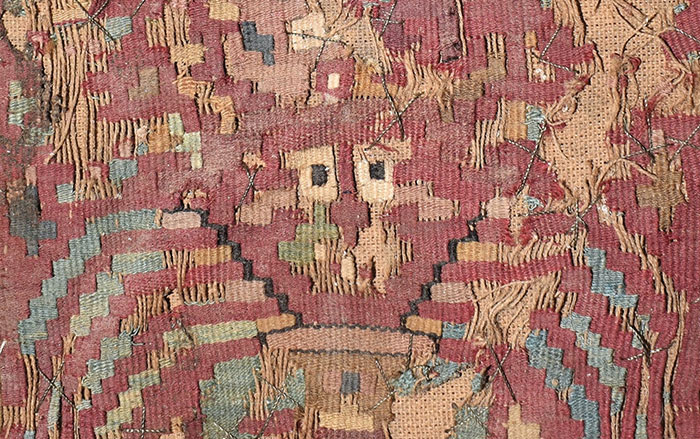 Jeffrey Quilter
Jeffrey Quilter



